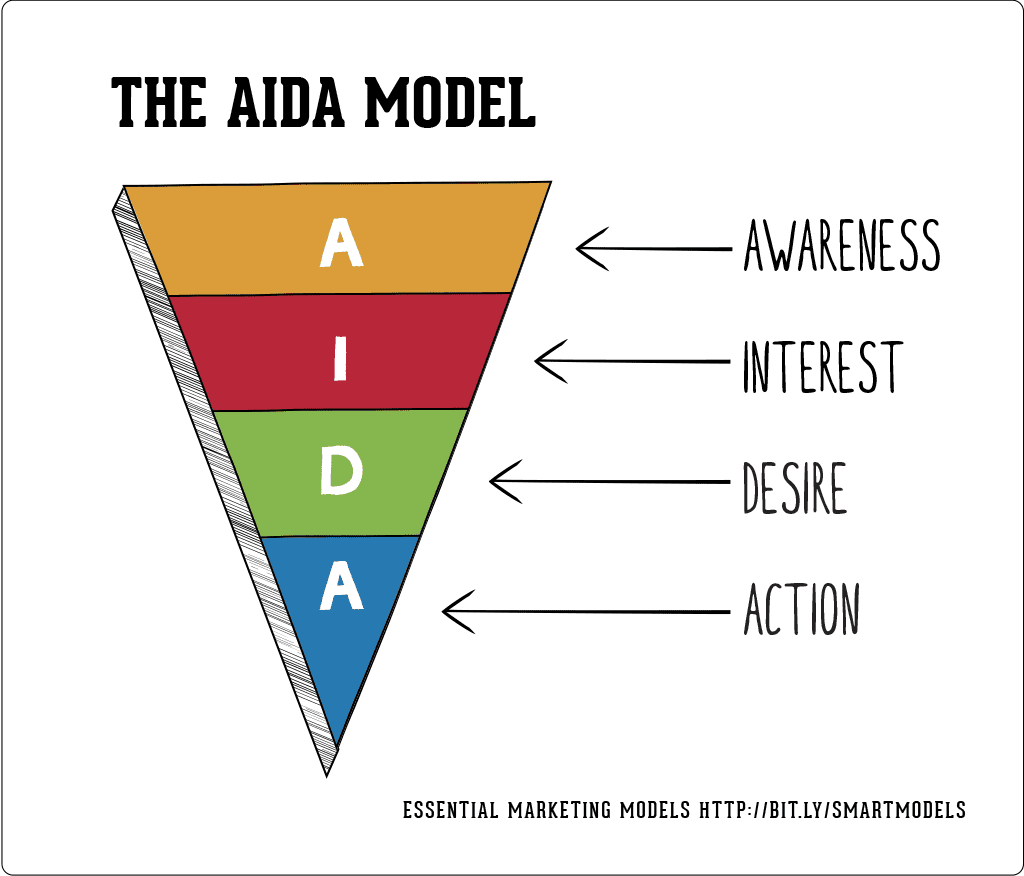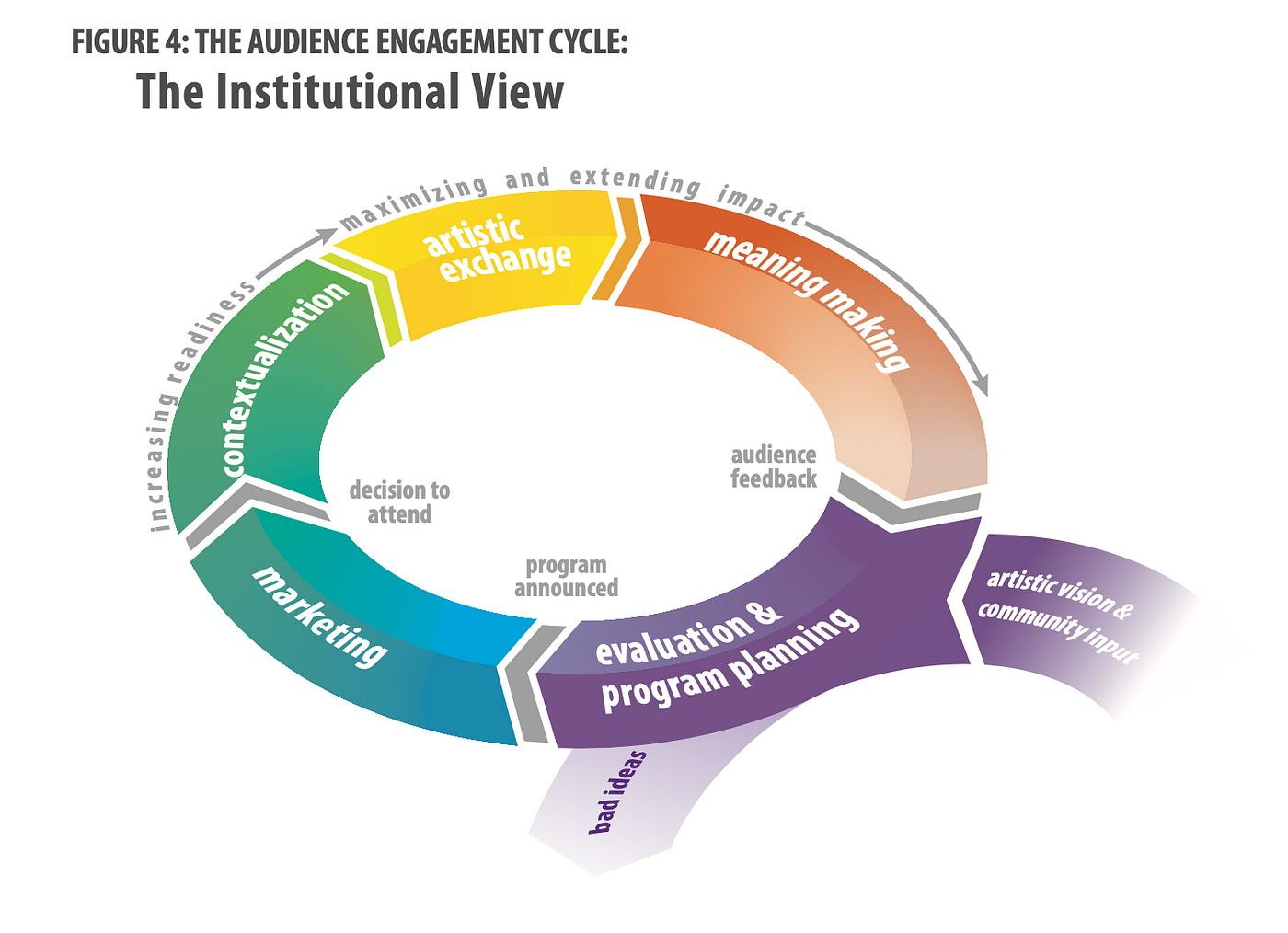SUMMARY: The goal of quality curation should be to create Audience Engagement that results in an Impact Echo. A new metric of success should be defined around when a piece of media gains Cultural Purchase.
TOPICS: Curation, Media, Audience Engagement
NOTE: This article was originally published on Medium March 16, 2021. I am moving my writing over to Mirror to experiment with what web3 has to offer creators. This is the first piece in a series that I will continue to develop and publish here on Mirror.
It starts with the Threefold Crisis of Infinite Content. I describe it as the “Threefold Crisis” because the nature of the problem affects three distinct groups in separate ways. My lens primarily looks at narrative media, but the problem can be applicable to various mediums within the Information Age. In my field the three groups affected can be labeled as Audiences, Content Creators, and Distributors. Some people may not see the digital age of infinite content as a problem. They are perfectly happy having all the content available to them to sift through. What I am attempting to address are the areas where it does become a problem, and this relates directly to the Attention Economy.
The term “attention economy” was coined by psychologist, economist, and Nobel Laureate Herbert A. Simon, who posited that attention was the “bottleneck of human thought” that limits both what we can perceive in stimulating environments and what we can do. He also noted that “a wealth of information creates a poverty of attention,” suggesting that multitasking is a myth. (Mintzer)
In Bullet Proof Problem Solving by Charles Conn and Robert McLean, step one of seven in the problem-solving process seeks to define the problem statement and if necessary disaggregate the problem. The overarching problem statement will relate to how the Age of Infinite Content collides with the Attention Economy. In working through the solution to the problem, we will disaggregate the problem as it relates to Audiences, Creators, and Distributors.
A first attempt at a problem statement would be: When the Age of Infinite Content overwhelms the Attention Economy, society experiences a breakdown in the production and consumption of art/media that maintains cultural cohesion through storytelling that creates shared experience.
Now we look at how this applies to our three groups — audiences, creators, and distributors — and disaggregate.
#1 Modern Audiences get overwhelmed with choices of what to pay attention to leading to decision fatigue and distraction, which in turn fragments audiences into smaller and smaller segments. As audiences fragment into smaller segments, their experiences become more niche and the creation of shared meaning across larger swathes of society gets diluted.
#2 Today’s Creators can feel lost in a sea of content and unable to gain purchase within the Attention Economy to build a career. But some might say,* there’s still so much quality content being created — what’s the problem?* It becomes a problem in the Attention Economy when new, emerging and diverse voices try and fail to gain purchase and sustain their careers. The resulting media landscape gets dominated by a few monolithic brands and creators who represent a narrow cultural worldview.
#3 For Distributors, not only do they find themselves competing more than ever for the attention of audiences, they can also be overwhelmed by the amount of content to choose from and deliver as well. Gatekeepers have two problems: First, they must sift through mountains of new content while keeping a clear eye on how to cater to their audience. Second, because the internet allows distributors to reach such wide audiences, they will simultaneously reach their target audience who appreciates their content as well as a wider audience that does not connect with the content. That wider, non-target audience may vocally critique a piece of content thereby draining energy from it and keeping the target audience from gravitating to it.
We have left behind a simpler time when creators made content that distributors released and marketed to the widest audience possible, which tuned in or tuned out based on their desire to watch that content or go do something else. Decisions were more binary. A few shows were playing on linear TV, so you watched one of them or turned it off. A few movies played in the theater, so you bought a ticket or went somewhere else. The primary goal of marketing was to create desire and motivation in the individual to pay attention, to sway the binary choice to Yes. The marketing process was and is still taught as a linear model called AIDA, which stands for Awareness, Interest, Desire, Action (“Getting to Sold — The AIDA Marketing Model”).

While it is obviously an over-simplification to say that it used to just be a binary choice, in the Age of Infinite Content, the decision to pay attention has become so complex that traditional marketing and the approach to gathering the attention of an audience must be rethought. It is no longer sufficient to just raise awareness and create motivation to pay attention. The motivation must be sustained and modern audiences now look for a level of engagement. The engagement itself is an exchange within the Attention Economy, which some argue will move away from monetary exchanges (Goldhaber). The exchange says I paid attention to your content, now engage with me to show that I have your attention for even a moment. This begins to cement a relationship where attention will continue to be paid.
Returning to Bulletproof Problem Solving, Conn and McLean recommend developing a “Day One” solution to the problem that you will test assumptions against and continue to develop. I am going to propose my own Day One solution for our problem statement from earlier. I have already tipped my hand in the title of this article about the solution:
A profession of Curation must evolve to meet the challenge of connecting audiences with content to create shared meaning.
Curation itself is not a new concept, and its practice is not absent from the modern media landscape. Some media companies like Mubi even do it really well and shine as an example for international and independent film. The solution is to develop a more intentional methodology to the curation of narrative media that can be applied across the spectrum of the medium and genres, and to make the methodology current and responsive to the modern Attention Economy.
To begin exploring what this might look like, in my next piece I will breakdown the 2011 white paper titled Making Sense of Audience Engagement: A critical assessment of efforts by nonprofit arts organizations to engage audiences and visitors in deeper and more impactful arts experiences.

Figure from Making Sense of Audience Engagement
SOURCES
Conn, Charles, and Robert McLean. Bulletproof Problem Solving: The One Skill That Changes Everything. 1st ed., Wiley, 2019.
Goldhaber, Michael H. “The Attention Economy and the Net.” First Monday, 1997. Crossref, journals.uic.edu/ojs/index.php/fm/article/view/519/440.
Kane, Lexie. “The Attention Economy.” Nielsen Norman Group, 30 June 2019, www.nngroup.com/articles/attention-economy.
Mintzer, Ally. “Paying Attention: The Attention Economy.” Berkeley Economic Review, 31 Mar. 2020, econreview.berkeley.edu/paying-attention-the-attention-economy.
“Getting to Sold — The AIDA Marketing Model.” The Hartford: Business Owners Playbook, www.thehartford.com/business-insurance/strategy/aida. Accessed 15 Mar. 2021.